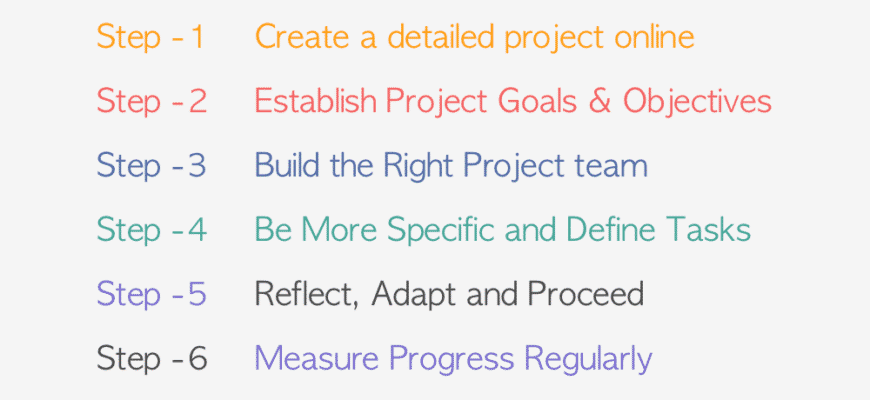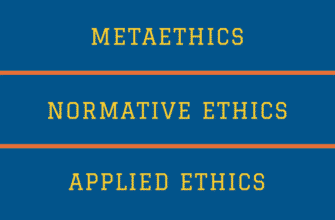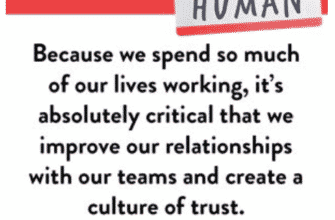I was meeting with a few colleagues last week discussing our companys’ onboarding practices. It was interesting to hear how they welcomed newcomers. Most had a formal one-day orientation followed up by job specific training and departmental hospitality. Then there was Chuck.
Chuck did some variation of what everyone else was doing but he incorporated six months of “hazing.” Hazing is probably too strong a term, but they certainly made new hires earn their place on the team. It sounded harsh until Chuck mentioned his company’s incredibility high retention rate, employee engagement scores, and seven-year streak of being a Best Place to Work. Now I’m questioning whether unconditional acceptance is the best way to initiate a newbie.
According to anthropologist Aldo Cimino, “hazing” is the ritualized humiliation of newcomers to a group, often through initiation challenges. This is not a new concept, nor is it relegated to one culture or social class—hazing occurs in upper-class schools, street gangs, sports teams, indigenous tribes, and any other segment of the society where a person joins new groups.
While this may sound barbaric or immature, it can be effective. Cimino’s research found that the groups with higher status and more resources had more rigorous initiations. Another study found that participants who experienced severe embarrassment and discomfort to gain access reported a much higher level of satisfaction with the group. And studies by Brock Bastian concluded that individuals who collectively experienced painful events display stronger bonds and greater generosity to group members.
So why do people (subconsciously) want to go through an initiation? As explained by cognitive anthropologist Harvey Whitehouse, the laborious experiences create a powerful shared memory that serves as social glue, thereby bonding members together. It could also serve to demonstrate an individual’s personal strengths, as well as the qualities of the people who can motivate such acts.
If it’s too easy to get into your organization and you’d like to incorporate an initiation, consider a few of these practices:
Start at the interview. Involve a few steps with a few people. Don’t hesitate from asking difficult questions and setting clear expectations.
Better orientation. The intricacies of your company cannot be taught in one day. Spread it out and, like the interview, involve many people from many departments.
Pubic displays. As they study the company, they need to share what they’re learning. Maybe include a few presentations to the department.
Group project. Get all the new hires together for a hands-on group project. This should be meaningful (no busy work) and inclusive of the team.
No bullying. This is about people being initiated, not threatened, coerced, or emotionally scarred.
Big ending. You’ve tested them, they’ve passed, it is time to celebrate. Make this a big deal. Involve the whole department and formally welcome them.
You take hiring seriously. You take performance seriously. You need to take your onboarding seriously. The way someone is welcomed sets the groundwork for their success. If you include an initiation passage, new hires can earn their way into your company through challenging tasks that expedite their learning curve and engrain them into the culture. Continue to be supportive, but they need to work for it. After all, your company is worth the effort.





